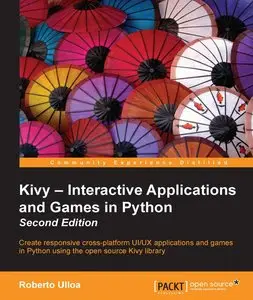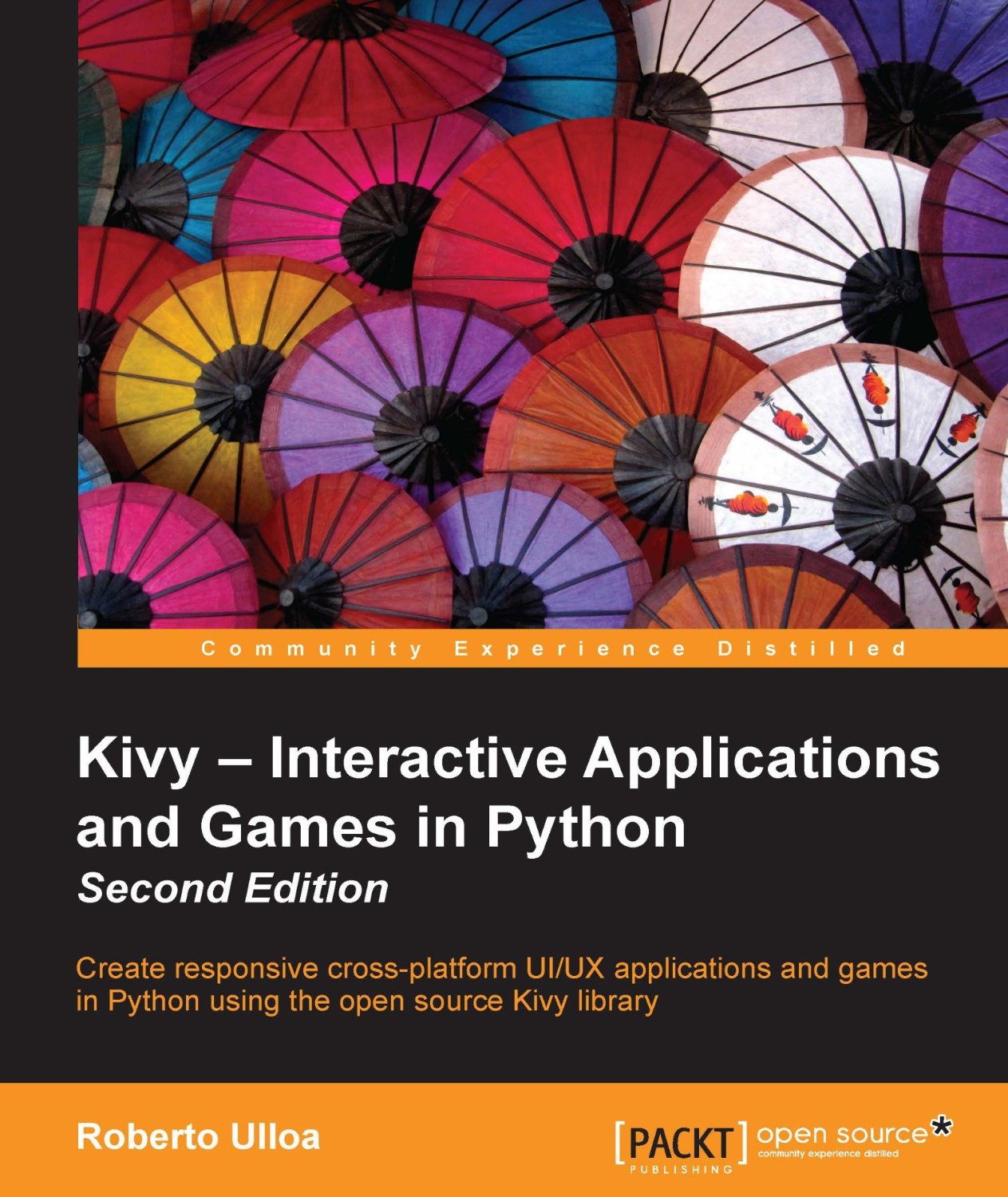Kivy: Interactive Applications in Python - Second Edition by Roberto Ulloa
English | June 30, 2015 | ISBN: 1785286927 | 157 Pages | EPUB/MOBI/PDF (True) | 9.53 MB
English | June 30, 2015 | ISBN: 1785286927 | 157 Pages | EPUB/MOBI/PDF (True) | 9.53 MB
Kivy – Interactive Applications and Games in Python Second Edition, will equip you with all the necessary knowledge to create interactive, responsive, and cross-platform applications and games.
Create responsive cross-platform UI/UX applications and games in Python using the open source Kivy library
About This Book
Utilize the power of Kivy to develop applications that run on all the major platforms
Build user interfaces (UI) and control multi-touch events to improve the user experience (UX)
A comprehensive tutorial with simplified code and lots of tips and tricks
Who This Book Is For
If you are a Python developer who wants to create exciting and dynamic UI/UX applications that are compatible with multiple platforms, then this is the book for you. No prior experience with Kivy is required, although you should be familiar with Python and have a fair understanding of software engineering concepts such as inheritance, classes, and instances.
What You Will Learn
Build responsive user interfaces (UIs) using the Kivy language and the Kivy widgets
Master the use of the Kivy canvas to display graphics on screen
Keep the UI updated on user input and screen size with Kivy properties
Bind and unbind Kivy events to control widgets, touches, the mouse, the keyboard, and animations
Scale, rotate, and translate widgets using finger gestures
Create and use your own gestures, and control multiple touches on the screen
Enhance your widgets with behaviors, animations, and transitions
Debug your application with the Kivy inspector
In Detail
This book introduces the Kivy language and the necessary components so you can implement a graphical user interface (GUI) and learn techniques to handle events, detect gestures, and control multi-touch actions. You will learn strategies to animate your applications, and obtain interactive, professional-looking, and responsive results. You will be applying this knowledge throughout the book by developing three applications and tackling their diverse programming challenges.



